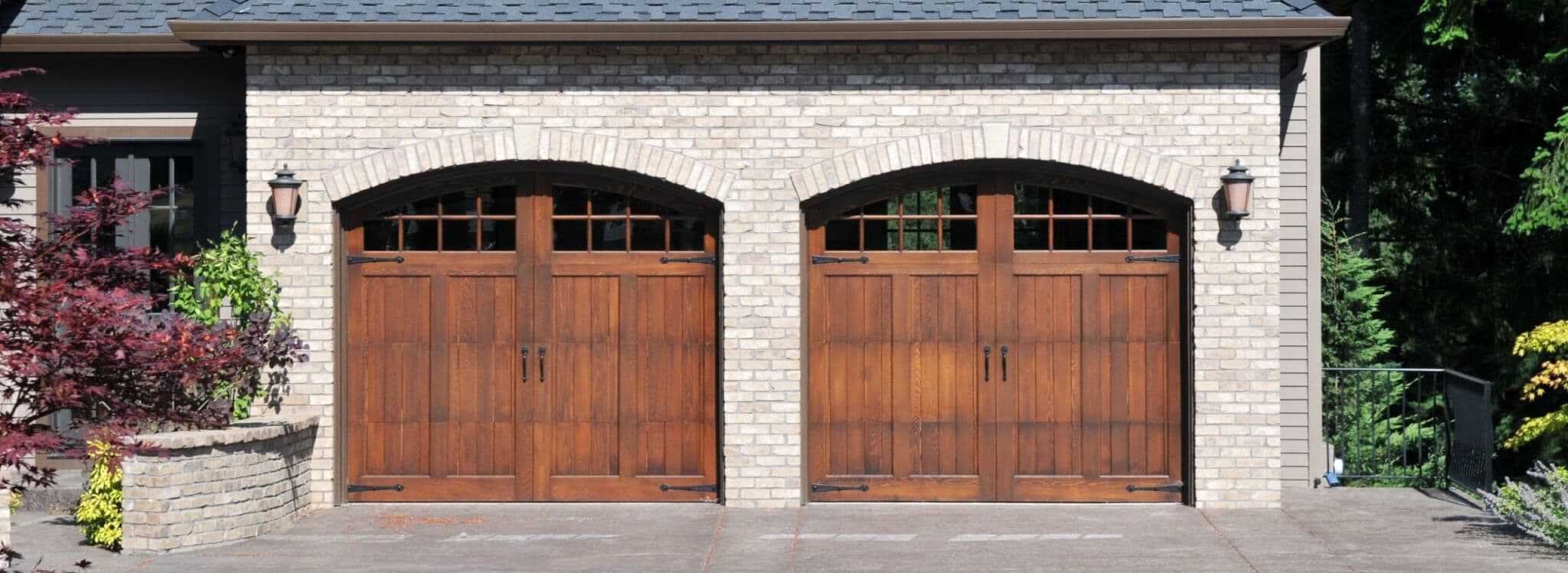Top 5 Home Renovations with the Highest Return on Investment

This article was last updated February 20, 2024.
The shift to remote work in the past few years coupled with the challenging housing market has led many homeowners to invest in renovations and repairs in and outside of their homes in order to make home work for their current-day needs.
From home offices and home gyms to expanded outdoor living spaces and in-law suites, homeowners are spending their renovation dollars on updates to make staying in their homes more comfortable.
For those that hope to either wait out the market and sell, or cash in on their growing equity to achieve other financial goals, how these renovations will impact the future value of their homes is crucial. When do renovation costs outweigh the added value?
Return on investment, or ROI, isn’t cut and dry, and can depend on regions, home styles, trends, time between the renovation and home sale, and even specific buyer preferences. That is to say that the following renovations are generally thought to have the highest chance of ROI, but you should research specific costs and trends in your area before making renovation decisions.
Did you know that our free Home Equity Dashboard features a renovation ROI calculator that takes your home’s region into account? Try it today.
1. Minor bathroom remodels: 102%
It’s rare that you can anticipate actually making money on a renovation in your home, but one exception is the bathroom or powder room. ROI on a minor bathroom remodel is estimated to be 102%, according to Kukun. This can equate to low-lift value-add renovations such as updating the shower, faucets and vanities.
2. Landscaping: 100%
If you’ve ever been house hunting in person, you likely understand the value of curb appeal. A well-maintained outside tells potential buyers that they can likely expect a well-maintained indoors, too. While it will vary by yard size and region, the national average cost of landscaping is $4,900, and you can expect to see all 4,900 of that back in your pocket. These tend to be modest updates to the yard, such as trimming trees and shrubs, planting flowers, and investing in a healthy lawn.
3. Minor kitchen remodels: 98.5%
Despite being No. 3 on the list, you may find that realtors suggest prioritizing a kitchen renovation if you’re making updates for the purpose of selling the home. The ROI is estimated at 98.5%, but kitchens are frequently the make-or-break decision for buyers. Some renovation experts suggest this is because buyers are more willing to buy a home that needs a bathroom renovation than to have to make do without a kitchen while it’s under construction.
4. Stone Veneer Exterior: 96%
And now, back to the importance of curb appeal. You can anticipate recovering approximately 96% of the costs of stone veneer siding when replacing existing vinyl siding on the exterior of your home. But the advantages of stone veneer siding extend beyond ROI and aesthetics. Natural stone veneer is durable, weather-resistant in myriad climates, and requires minimal maintenance to keep up with.
5. New Garage Door: 95%
It may not be the most glamorous home improvement project, but replacing your garage door — especially if it’s quite old — can go a long way toward boosting resale value, and can be an easier project to finance. The national average cost of getting a new garage door installed is around $1,200, and has an estimated ROI of 95%.
Selling vs. Renovating
While housing inventory and interest rates are heading in the right direction, albeit slowly, it’s worth seriously considering whether or not you want to put your home on the market immediately after making renovations — or hold off and enjoy the improvements that will put you in a more favorable position to sell down the road. While your next move all depends on your own financial situation and goals, you have a lot to potentially gain by going forward with the renovations that will bring the greatest returns on your investment.
How to Fund Interior and Exterior Renovations
A 2023 study of 1,000 homeowners found that while the large majority (95%) plan to take on a ‘major home improvement project’ in the next five years, only 50% say they can afford them, and 42% said they pay for renovations by borrowing, either via loans, credit cards, or by borrowing money from friends or family.
There are a number of different ways to fund home renovations, including renovation loans and traditional options like home equity loans, home equity lines of credit (HELOCs), and cash-out refinances. However, it’s important to keep in mind that these options involve taking on debt in addition to your regular mortgage payments, which can strain an already tight budget.
The good news is, there’s a way to finance your home renovations without making monthly payments. A home equity investment lets you access cash from your home equity without any monthly payments. There aren’t any restrictions on how you use the money, and you have 10 years to settle the Investment through a refinance, buyout with savings, or sale of your home. Finding out if your home is eligible takes just a few minutes.
The more you know about your home equity, the better decisions you can make about what to do with it. Do you know how much equity you have in your home? The Home Equity Dashboard makes it easy to find out.
You should know
We do our best to make sure that the information in this post is as accurate as possible as of the date it is published, but things change quickly sometimes. Hometap does not endorse or monitor any linked websites. Individual situations differ, so consult your own finance, tax or legal professional to determine what makes sense for you.
More in “Market insights”

Survey: Homeowners Look for These Three Things in Home Equity Financing

How Should Homeowners React to a Fed Rate Cut?

